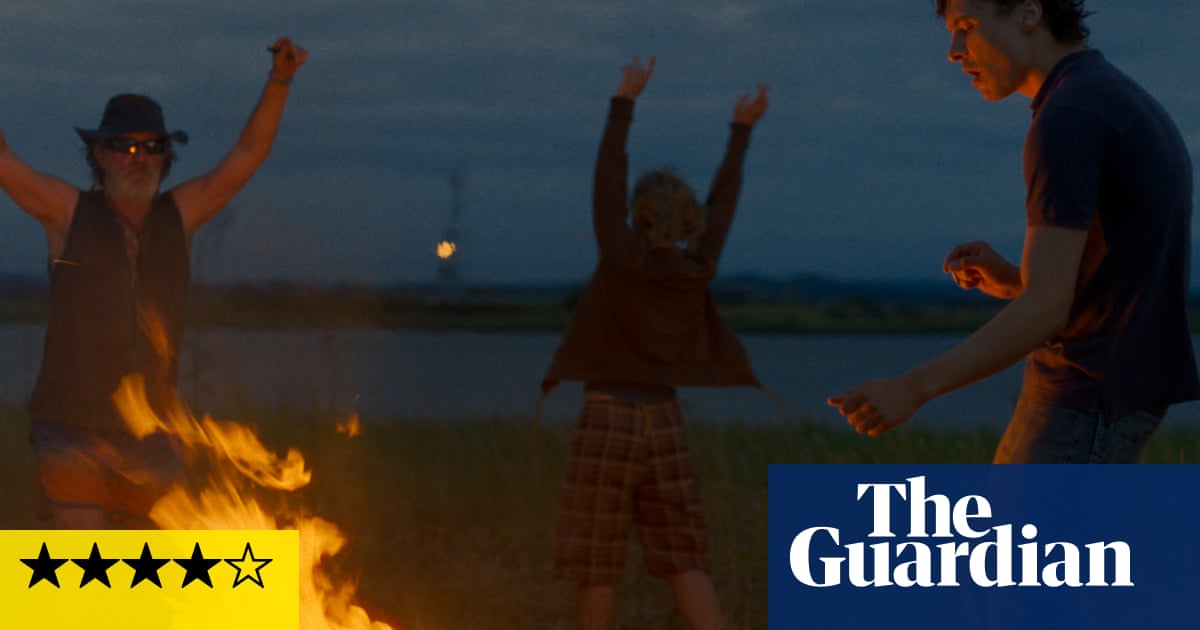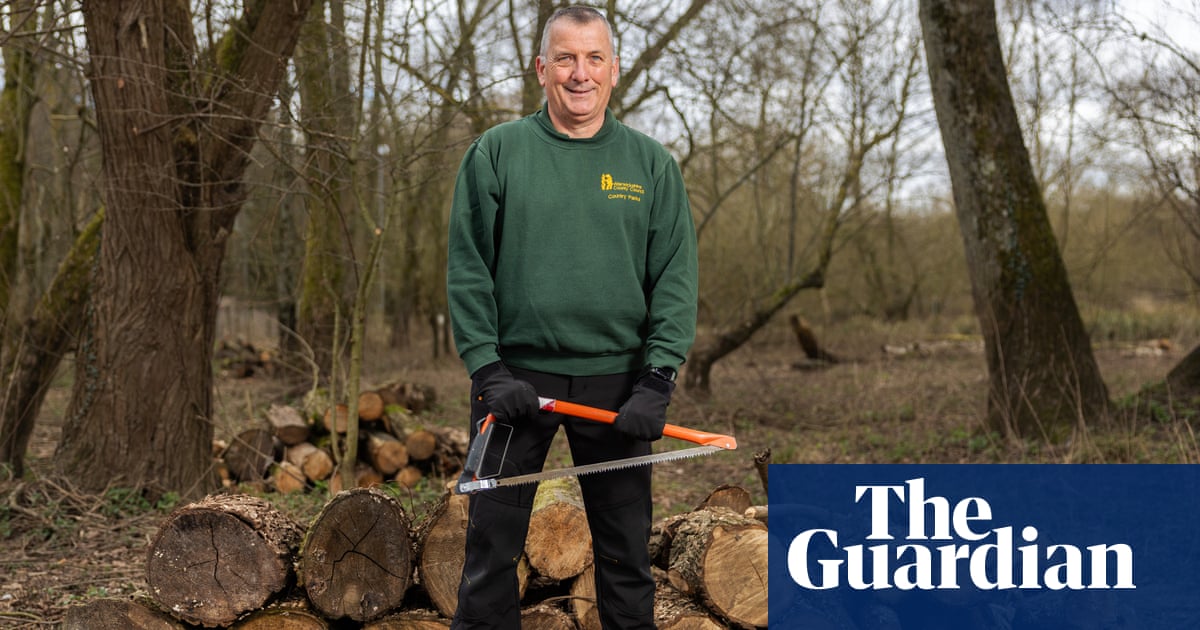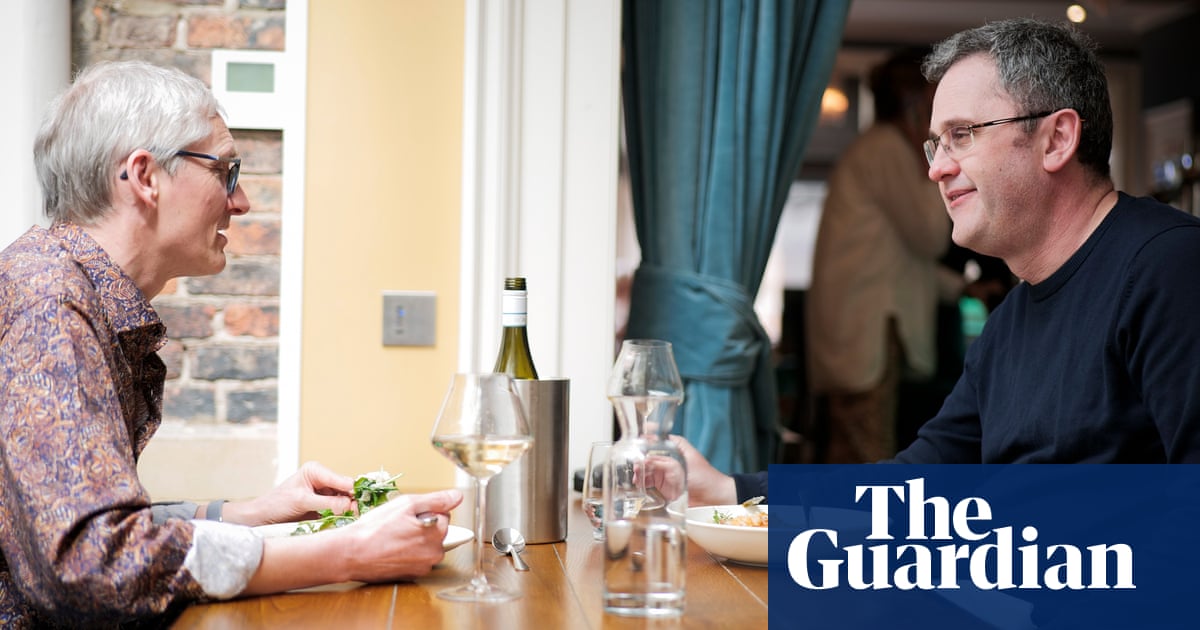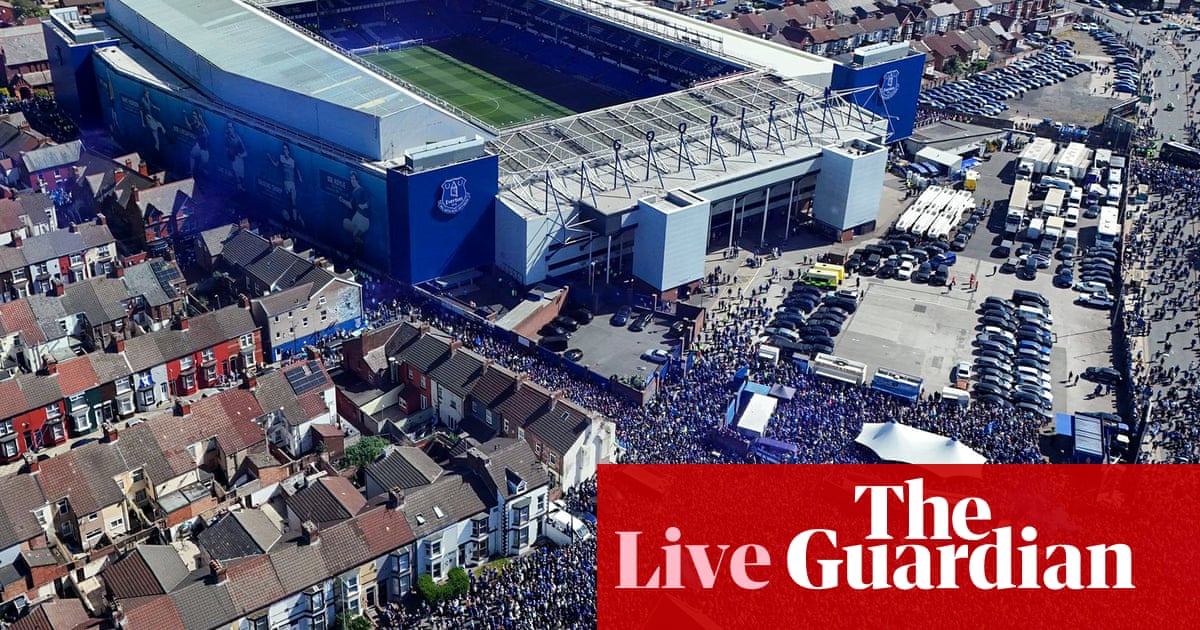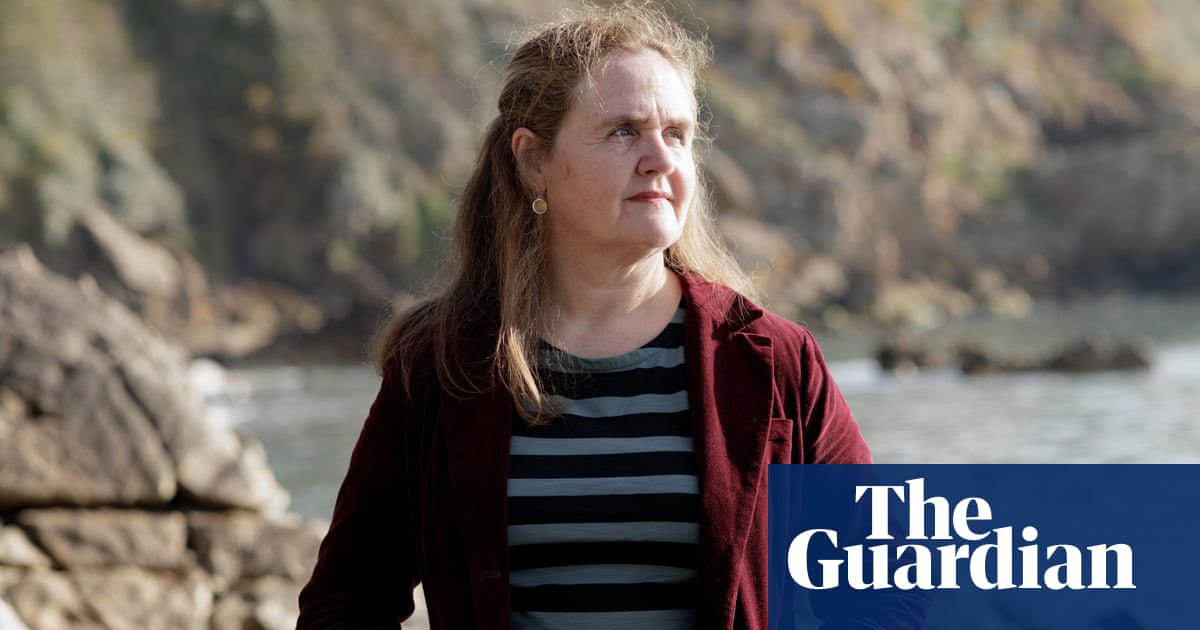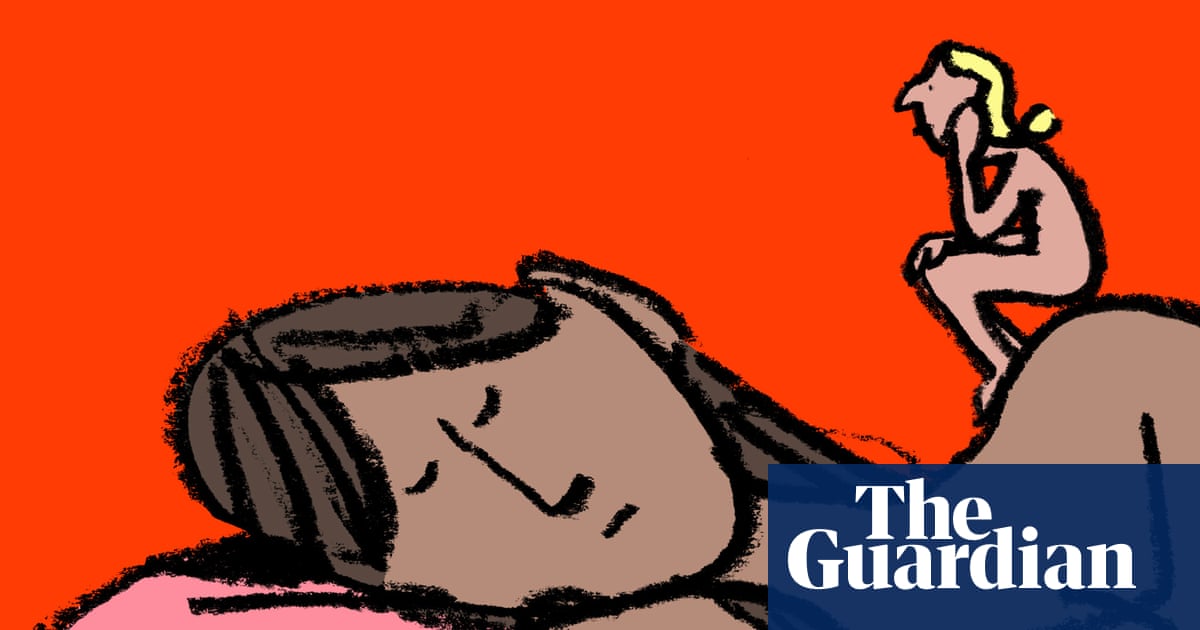I’m on the towpath of the Kennet and Avon canal, a loaf of freshly baked sourdough bread in one hand and a bag of pungently oozing local cheese in the other. As I turn the corner near Trowbridge in Wiltshire, I brace myself. Ahead is our hired-for-the-week narrowboat, and I’m fully expecting to find my four gen Z children (aged 18 to 24) and my doomscrolling husband either bickering or welded to their screens. To my surprise, they are all reading books.
We’ve stopped taking family holidays in exotic, or even Mediterranean, locations. Too hot. Too busy. Too flight-shaming. But when I announced this year’s jaunt – a week on the mid-section of the Reading-to-Bristol canal – eyes rolled in horror. As the departure date loomed, I panicked. How would we survive in such a minuscule space? What if the lack of activities drove us to spend even longer on our phones?

After a two-hour drive from London, having stopped to view the Avebury stone circles, and then the world-famous flight of locks at Caen Hill, we arrived at Devizes in Wiltshire – and our extremely narrow boat from Foxhangers. Eyes rolled (again) as we realised that two of us would have to sleep in the kitchen: our frighteningly long, skinny boat had two bedrooms with foldaway double beds, and a galley kitchen where two single beds could be cleverly folded into a rudimentary dining table. Thankfully, there were two (very bijou) bathrooms.
“You can go home if you want,” I sighed, fully expecting a hurried exit to the train station. Three hours later (after a quick “driving” lesson from the man at Foxhangers), having grappled with locks, swing bridges and steering 21 metres (70ft) of boat, all six of us squeezed on deck with a bottle of local rosé. The sun dropped over the horizon in a blaze of pink and tangerine, the green-gold hills rolled into the distance, swans drifted past, tiny fish jumped, a heron landed on the roof of our boat – and the world fell away. That night we slept like the dead.

Over the next few days, the world fell further and further away. We puttered along at three miles an hour, stopping to take walks beside the River Avon, or to explore the astonishing Dundas and Avoncliff aqueducts. At nightfall, we ambled the towpath, crossing ancient bridges and venturing up overgrown footpaths into the Bath valley, or chatting to other moored boaters. Narrowboat residents are famously friendly. We regularly fell into conversation with our neighbours, many of whom lived permanently on the canal and would spend their evenings cooking over a campfire, tending their rooftop gardens, or lovingly repairing their boats. This, we decided, made for more interesting “viewing” than any TV show.
Our first mooring was at Hilperton, where we discovered Wiltshire’s answer to London’s legendary Petersham Nurseries restaurant in Richmond, but at a fraction of the price. Avonfield Kitchen, situated in a garden centre, makes delicious and extravagant brunches and cakes, including the best chilli eggs we’ve tasted.
At Bradford-on-Avon, we explored the 11th-century Saxon Church of St Laurence (apparently one of the UK’s most important Saxon buildings), the beguiling 15th-century Chapel of St Mary Tory (a one-time hermitage for weary pilgrims), the Tithe barn (one of the UK’s largest medieval barns) and the local museum, which features the original interior of a Victorian pharmacy. All were free to enter.

We also stocked up with books at Ex Libris (whose barn boasts 6,000 second-hand books) and browsed the boutiques and craft shops along The Shambles, a series of old pedestrian shopping streets in the heart of Bradford-on-Avon. Best of all, we discovered our all-time favourite bakery, Pipit, where we returned repeatedly to buy almond croissants and the house sourdough loaf – which we paired with goodies from the tiny but perfect Cheese Shop.
We then chugged to Avoncliff, where we encountered kingfishers, an ancient water wheel pumping station, and an unbeatable menu at the No 10 Tea Garden, which we left with copious boxes of assorted cakes. By this point, each of us had had a go at steering. It wasn’t as easy as it looked: one daughter managed to clip another boat, while I inadvertently stranded the barge across the entire width of the canal, where it wedged itself into the bank and had to be rescued by a team of Duke of Edinburgh’s-award rowers (average age: 14). Happily, The Husband loved steering and did it effortlessly.
Our final mooring before turning back was Sydney Gardens on the outskirts of Bath. Here, we hired bikes and cycled the disused railway track that runs from Bath to Bristol. Later, we visited exhibitions at The Holburne Museum and the Victoria Art Gallery, ate the juiciest imaginable sandwiches at Green Street butchers and munched on flavoursome cinnamon and cardamom buns at Landrace bakery. For our night in Bath, we escaped the crowds by heading uphill to the Saint James Wine Vaults for a pub quiz.
after newsletter promotion
My worries about excessive screen time proved unfounded. Canals, I learned, often have poor reception, so our phones rarely worked. A word of advice: if you’re after a digital detox, choose a signal-poor waterway (according to the Canal & River Trust, more rural and hilly areas are less likely to have good coverage, with the Llangollen, Trent and Mersey, and the Middlewich branch of the Shropshire union canal being markedly patchy). When we did get a signal, our phones felt too bright, too fast, too demanding, too modern. Instead, we read, tried to steer, fed the ducks, watched the beady-eyed antics of our resident heron, chatted to passersby, and played games – all from our tiny deck.
A narrowboat holiday usually means returning along the same stretch of water. Normally, this would have elicited groans of horror and boredom. It didn’t. Instead, books were swapped and plans made to revisit our favourite spots. “You’re not missing your phones?’ I asked, baffled.
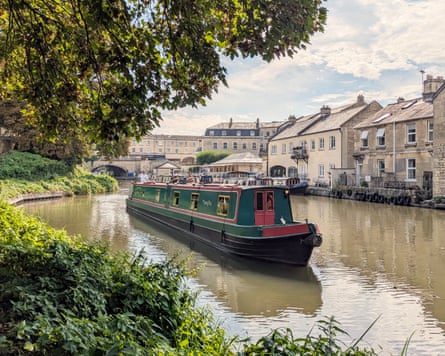
“No,” said my daughter Bryony, who is usually welded to her iPhone. “Weirdly, being on a narrowboat seems to have given me permission to switch off in every way.” “Scrolling is for when you’re on your own,” added my daughter, Imogen. “But this boat’s so small, we’re never, ever alone.” And then my son Hugo (who had just read an unprecedented two novels), chipped in: “Anyway, you can’t use your phone if there’s no signal.”
Here’s what I think: the gentle, soothing monotony of a canal had taken away all desire to show and share on social media. Its calm tranquillity had slowed our minds to such an extent we no longer wanted the digital glare of modern life, and we certainly didn’t want our gloriously languid days broken by a litany of horrible headlines. All of which is to say, a canal holiday may well be the perfect and most painless of digital detoxes. When we compared statistics at the end of the week, our phones showed an average 70% drop in usage. Embarrassingly, mine was the highest.
Foxhangers has a range of boats sleeping 2-9, available for short and weekly breaks. Prices range from £610 for a four-night break on a boat that sleeps 2-4 people, to £2,458 for a week on a boat that sleeps 6-9 people in August

.png) 6 hours ago
6
6 hours ago
6


